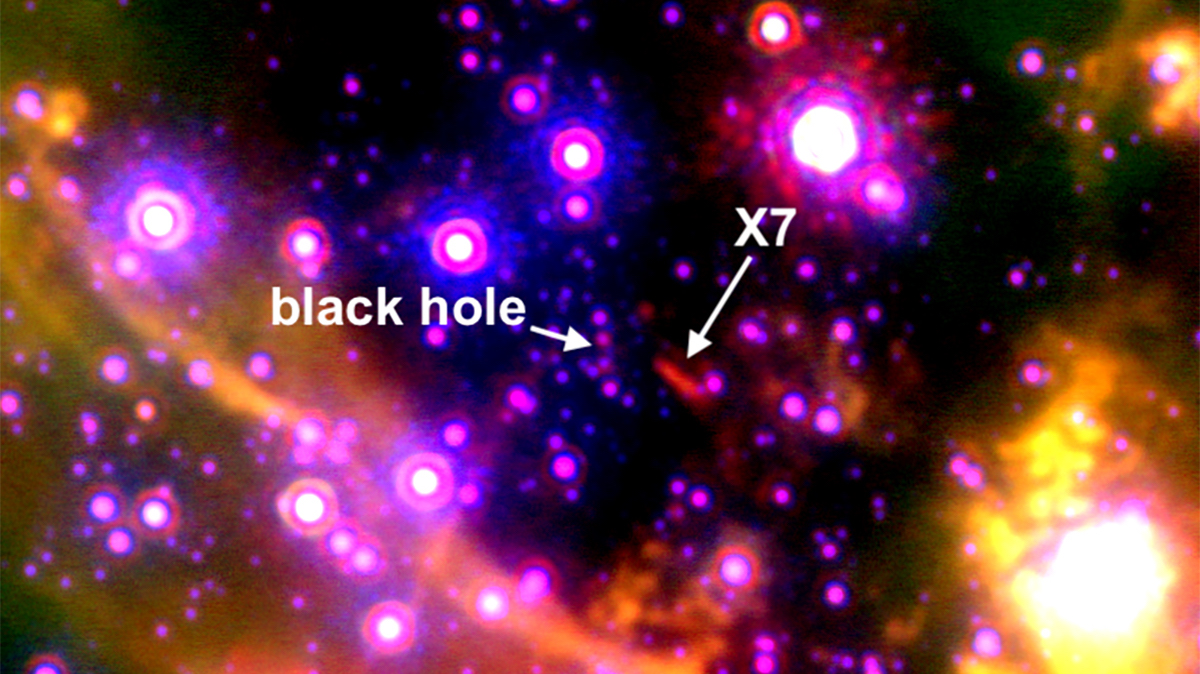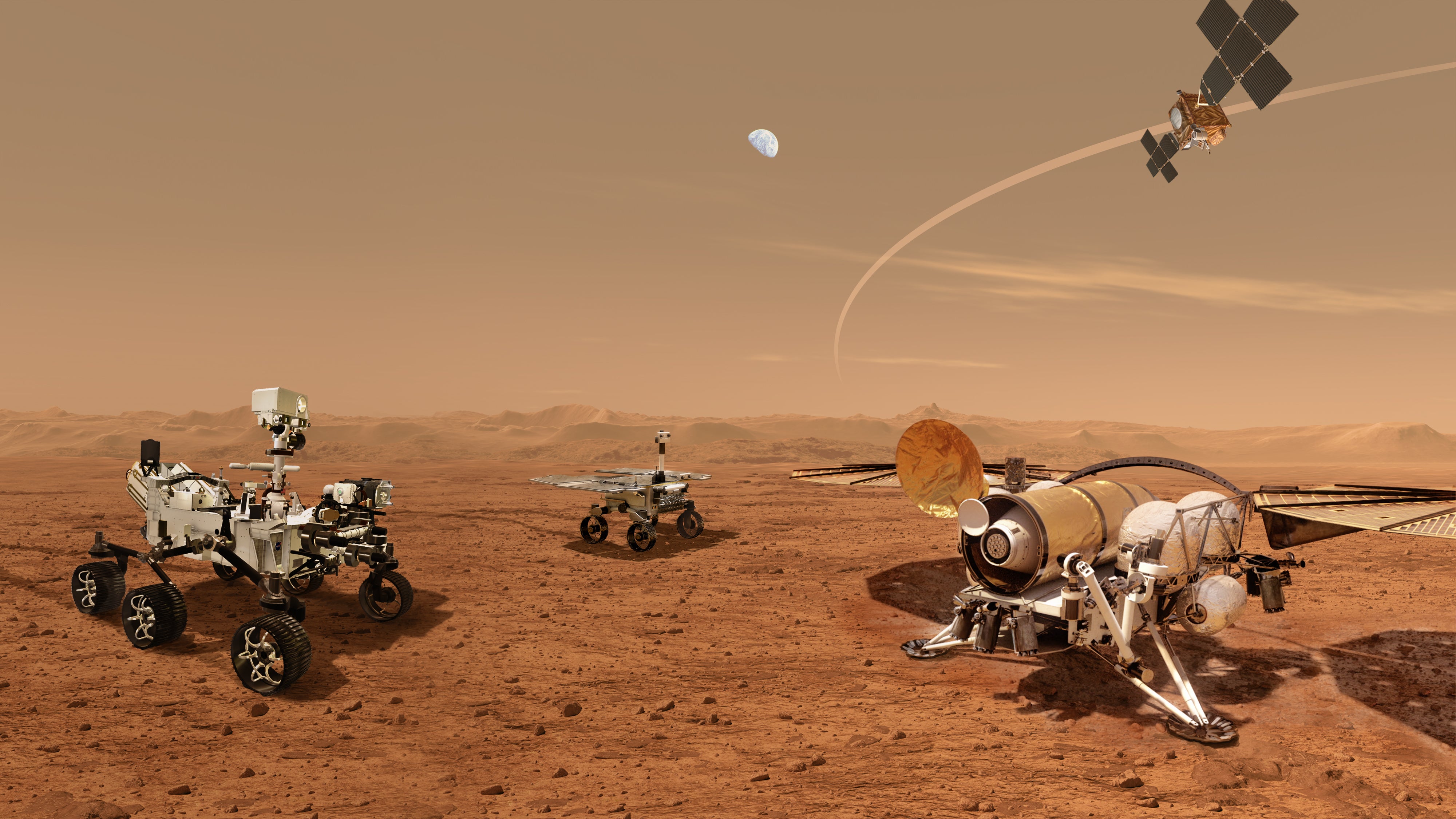
A key technical challenge in creating new sulfur-based medicines has been overcome by scientists at Nanyang Technological University, Singapore (NTU Singapore), leading to the prospect of many new therapeutic ‘weapons’ in the fight against disease and illness.
Every successful drug has a part of it that physically fits into the exact biochemical pathway it is trying to disrupt. This part of the drug is known as a ‘pharmacophore’ and generating new ones is a key goal in drug discovery.
Sulfur-based pharmacophores are highly versatile and seen as very promising to drug developers but are rare due to the challenges of synthesizing them.
Now, scientists at NTU Singapore have designed a method to generate sulfur pharmacophores using a catalyst specially developed by the scientists themselves, known as pentanidium.
Their method could be used to synthesize a broad range of new pharmacophores that could be paired with different types of molecules to form new drugs.
They also showed that the new sulfur pharmacophores could be used to modify and repurpose existing drugs, potentially leading to new therapies. Their work is published in the top peer-reviewed scientific journal Nature today.
Professor Tan Choon Hong, Chair of School of Physical and Mathematical Sciences and lead author of the study, said that “the process of drug discovery is akin to finding the right key to a lock—it involves testing drug candidates with different pharmacophores until a certain combination proves to be effective in modulating a biological pathway. We essentially developed a method that could allow us to make many different types of sulfur-based pharmacophores that are compatible with different drug compounds. This is a valuable addition to the toolkit of drug discovery programs.”
This research is in line with the NTU2025 five-year strategic plan, which aims to focus on health and society as one of the six clusters with the potential for significant intellectual and societal impact.
Synthesis of pharmacophores
Pharmacophores are the key part of a drug that gives the drug its function. More than half the drugs used today are chiral, meaning that they can exist in either a left- or right-handed form that are mirror images of each other.
While identical in chemical makeup, the different arrangement of its atoms means one form can behave very differently from the other: one may help to alter the course of a disease, while the other could be inactive, or even toxic.
Being able to synthesize a pharmacophore in the desired single form is a crucial goal in the design and development of drugs to eliminate possible side effects.
Medicinal chemists are interested in the use of sulfur-based compounds as pharmacophores, but synthesizing them into the single left- or right-handed form is challenging and current methods typically focus on making only one type of pharmacophore.
By contrast, the NTU scientists say that their method gives rise to a series of sulfur-based pharmacophores with enough variation to make the drug discovery process more efficient and fruitful.
Their sulfur pharmacophores are developed through a process called asymmetric synthesis, a chemical reaction that results in just a single form, rather than a mixture of both forms being produced.
The process starts with adding a sulfur compound to an acyl chloride (a derivative of carboxylic acid) and a thiolate (a class of organic chemical compounds similar to the alcohols but containing a sulfur atom in place of the oxygen atom). This reaction is catalyzed by pentanidium, a catalyst developed by the NTU scientists which was shown in an earlier studyto induce asymmetric synthesis.
To demonstrate that their approach is a valuable addition to the drug discovery toolkit, the NTU scientists tested their synthesis method on Celecoxib, a drug approved for arthritis. This resulted in a few different pharmacophores that could be used to develop similar drugs.
Prof Tan said that their “approach not only allows us to make variations of pharmacophores to speed up drug discovery but also allows us to pair a pharmacophore with an existing drug and see how it alters the drug’s function. This is exciting to the medicinal chemist because you can now improve on existing drugs or develop new therapies without having to start from scratch.”
More information:
Choon-Hong Tan, Synthesis of chiral sulfinate esters by asymmetric condensation, Nature (2022). DOI: 10.1038/s41586-022-04524-4
Citation:
Scientists develop new method for creating promising new sulphur-based medicines (2022, February 14)
retrieved 21 February 2022
from https://phys.org/news/2022-02-scientists-method-sulphur-based-medicines.html
This document is subject to copyright. Apart from any fair dealing for the purpose of private study or research, no
part may be reproduced without the written permission. The content is provided for information purposes only.
Note: This article have been indexed to our site. We do not claim legitimacy, ownership or copyright of any of the content above. To see the article at original source Click Here













